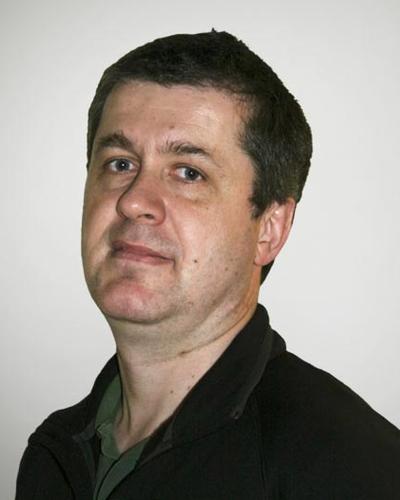The Use of Automated picking of Regional Seismological Data in Inverting for Lithospheric Structure in Tectonically Active Regions; an Application to Italy
This Master's project was designed for Kine Kavlie-Jørgensen Buen who started her Master's program in Earth Sciences, UiB, in the fall semester 2023. The Master's project is given by the research group Geophysics.
Main content
Project description
Motivation (background):
Volcanic eruptions and earthquakes are poorly understood hazards that pose significant direct and indirect (for example through triggering of landslides and tsunamis) risks to humans, the environment and the economy. A better understanding of both volcanic eruptions and earthquakes requires more accurate seismic velocity models. Moreover, the tectonic regions in which these hazards typically occur (for example in southern Europe), often have complicated plate boundaries, including deformed and torn subduction zones, which are believed to strongly influence mantle flow and plate motions. Improved seismic velocity models are therefore key in getting a better understanding of hazards, geodynamics and how these are related.
Hypothesis (scientific problem):
The seismic data used to obtain these velocity models most often are travel times. In order to improve the resolution of the velocity models it is important to get more and more accurate automatic travel time picks and then to use these in modeling and inversion algorithms that are both better and faster than available algorithms. However, for the picking of regional phases, it is quite likely that for the accurate computation of a time window for the picks, accurate modeling is already required. In this thesis the focus will first be to develop a
stable picking routine, possibly using a modeling tool, and then to use these data in a tomographic inversion.
Test (work):
Travel times are routinely picked by experienced analysts. However, there is a need for automated picking which is motivated by a number of factors: the large increase of data (as for example provided by AdriaArray in southern Europe), the complexity and frequency dependence of the picks and the need to get as many reliable picks as possible in the presence of noise. Automated picking requires, among other things, the development and testing of picking algorithm as well as related modeling algorithms. In this project the goal is to optimize picking for crustal phases such as Pg and Sg and refracted phases such as as Pn. The picked phases contain a wealth of information on Earth structure as well as earthquake location and mechanism. In order to process these data systematically, accurate modeling and inversion techniques are required. In this 2nd part of this these the focus will be on inverting the picks using the available ray tracing tools. AdriaArray covers a large area and therefore the focus in this project will be on a sub-area, such as Italy. As significant amount of data is already available for this area it is possible that this will also be taken into account in the processing.
Proposed course plan during the master's degree (60 ECTS):
GEOV300, GEOV355, GEOV276, GEOV274, UiO GEO-DEEP, AG335, GEOV252
